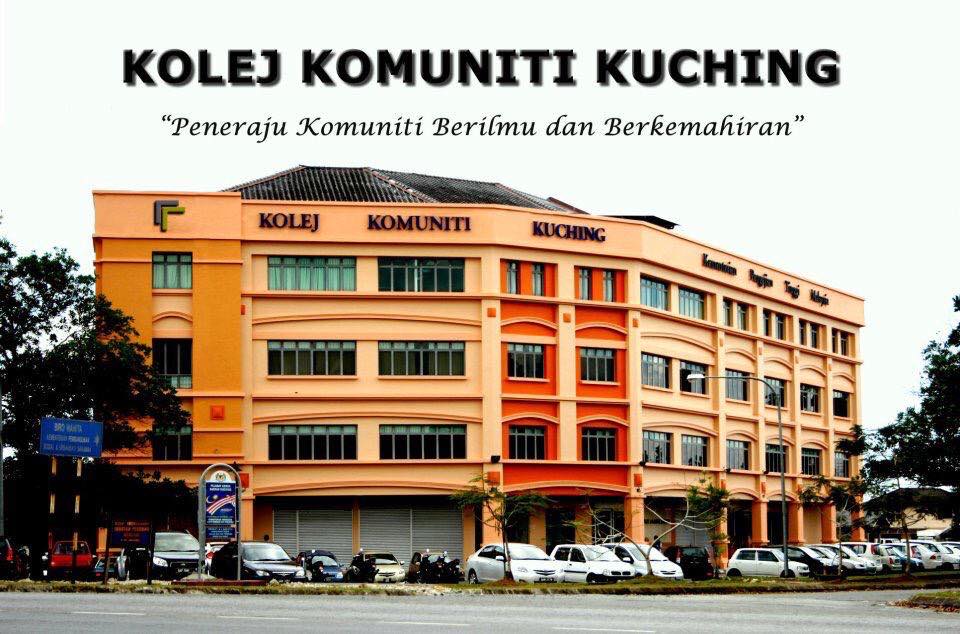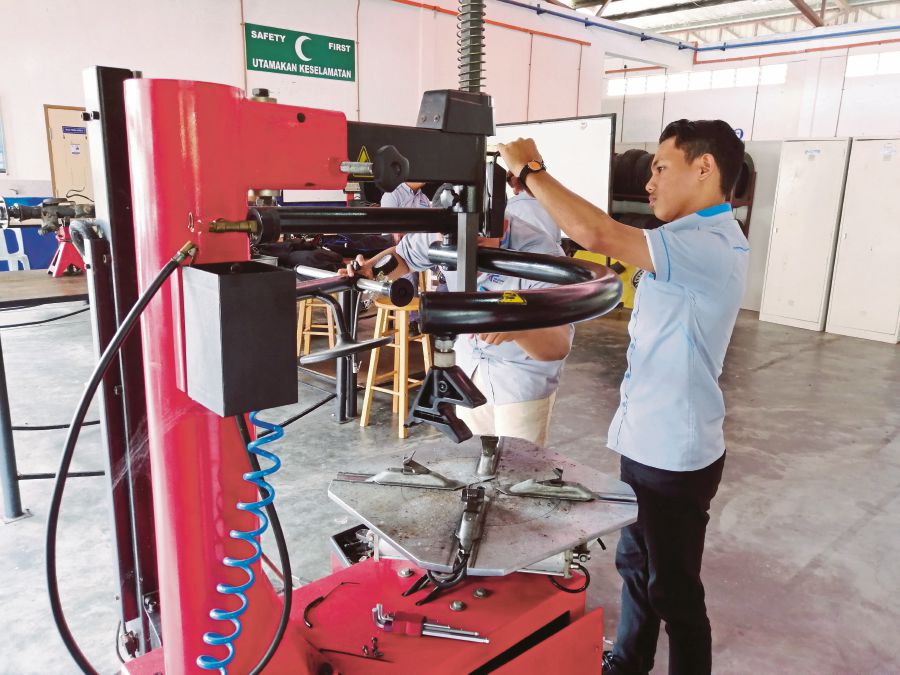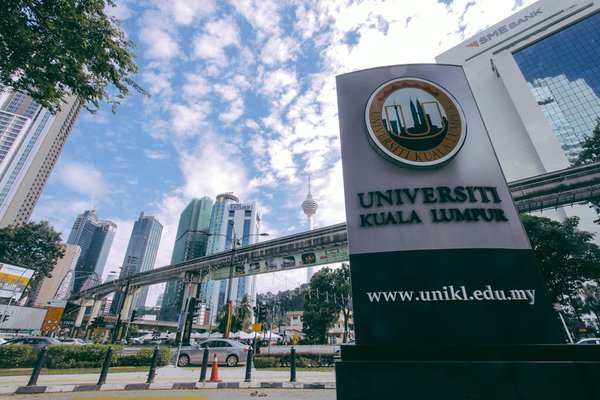After finishing secondary school, many youths face the dilemma of what path to pursue for their future.
The options are overwhelming, as they decide which higher education institution is best for their further studies, which programme to apply to, or if they should study locally or abroad.
Another factor for students to consider when planning their next step after secondary school is whether they should pursue a technical and vocational education and training (TVET) or a university education.

Should they choose TVET, they can go for courses at various TVET institutions such as community colleges, polytechnics and technical universities under the Malaysia Technical University Network (MTUN), which offer certificate, diploma and advanced diploma qualifications.
If they opt for a university education, students can choose to enrol at colleges, university colleges and universities which provides courses that range from foundation to doctoral degrees. Some colleges also offer qualifications from professional bodies.
TVET programmes are often shorter, taking between one to three years to complete whereas university degrees take a minimum of at least two years and can take up to four years, depending on the study field and course level.
Subjects offered in TVET institutions and universities generally lead to different career paths. For example, fields like medicine and business often require an academic degree while trades of construction and culinary benefit more from a TVET programme.

TVET emphasises career-focused training in fields like manufacturing and technology. Students gain practical knowledge and skills in their chosen field, which often includes on-site learning.
University education emphasises skills like research, analytical thinking and problem-solving. Students in academic programmes often take one to two years of general education before deciding on a major.
University education tends to have rather expensive tuition fees, in addition to other expenses, especially if studying abroad.
In contrast, some TVET programmes have a “train-and-place” to “place-and-train” strategy to meet rising local industry demands, which allows students to be employed even before starting the programme, lessening the burden of tuition fees.
Higher education options are available for TVET students as well, allowing them to pursue a degree-level education.

For instance, they can enrol in Universiti Kuala Lumpur if they intend to further their studies or look to professional bodies such as the Malaysian Board of Technologists for certifications that can help advance their career.
Undergraduate university students have the option to apply for master’s and doctoral programmes for postgraduate education. The highest degree in academia, a doctorate can take up to five years or more to complete.
Prospects for TVET graduates are just as good as university graduates, both of which offer jobs with a range of salaries.
Based on the 11th Malaysia Plan, 60 percent of future jobs are expected to require both technical and vocational skills.
Thus, while both TVET and university education prepare their graduates for a variety of career paths, students must decide which option works best for their circumstances and their future career.
Photo by Element5 Digital from Unsplash.




